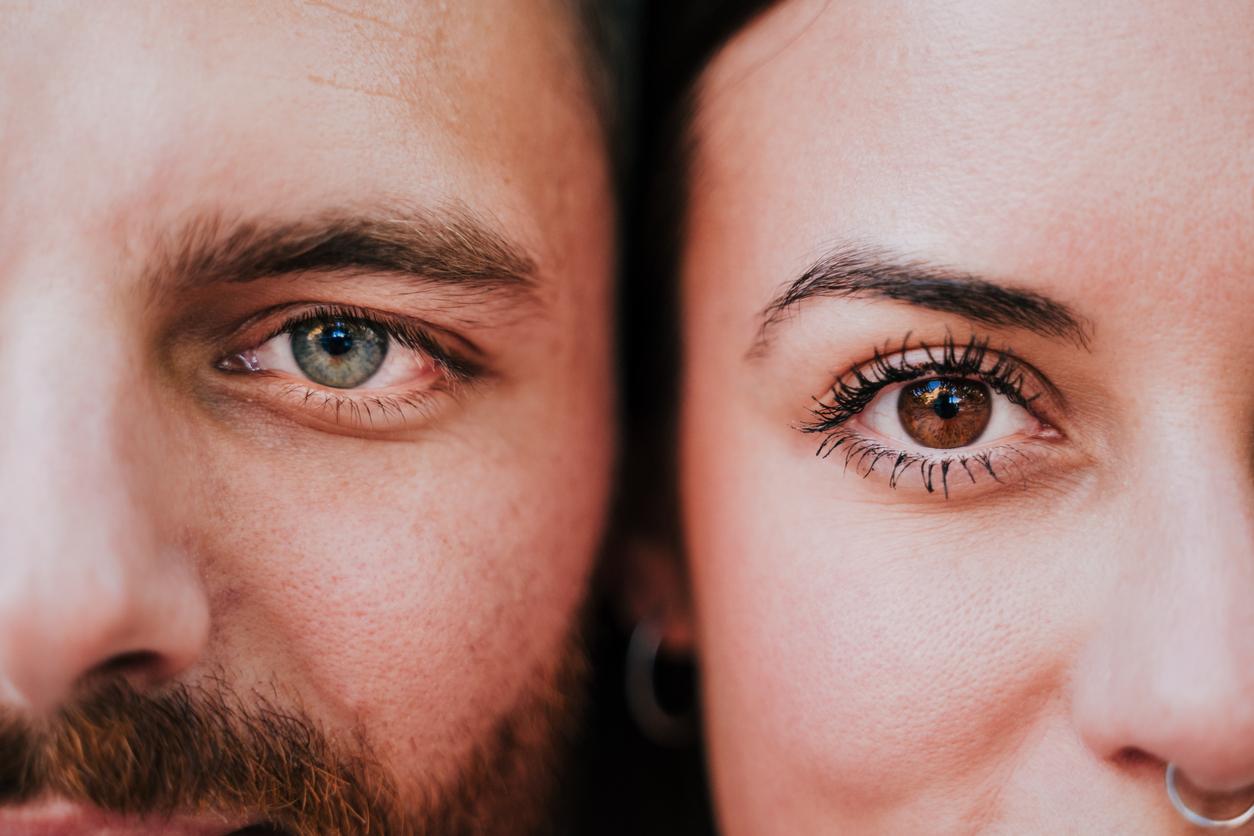The sky would appear navy blue at night because a neuron is blocking green and red signals. So we see black, but with a touch of blue!

If there is a detail that does not disturb the admiring observer The starry Night, Vincent Van Gogh’s masterpiece, it is indeed the blue color of the sky. The children when they draw, or the filmmakers when they shoot night scenes in broad daylight, make the same choice as the Dutch painter, a choice we all understand: the night is blue.
However, the night is dark. Photographers are well aware of this, and if there is one color that predominates in semi-darkness, it is rather the yellow of artificial lights, which must be compensated by chromatic retouching. If we see the blue night, it’s actually a story of neurons blocking other colors, according to researchers at Caltech (US) who publish their results in Nature.
Cones and sticks
Vision relies on two types of photoreceptors, neurons in the retina that pick up light. Cones, on the one hand, are specialized in daytime vision and color perception. They are of three types, as for the colorimetric system of screens: red, green and blue. The rods, 25 times more numerous, manage twilight and night vision, and transmit in black and white.
In the retina, so-called “horizontal” neuronal cells receive these transmissions and manage their use according to the brightness. Thanks to experiments carried out in mice, researchers at Caltech have managed to show that at night, these cells block green and red colors. The brain thus only receives signals from blue.
The life in blue
“When the light is very weak, the cones do not receive enough photons to function, but they continue to emit a constant and weak signal, independent of the light,” explains Prof. Markus Meister of the Department of Biology at Caltech and lead author of the study. The rods are active, and when their signal passes through horizontal cells, they indirectly inhibit those of the red and green cones. The blue cones are then the only active ones, and our universe appears blue to us.
It is therefore not the photos taken at night that have an unfaithful color to reality, but our eyes which disguise the images. This study reminds us once again that our perception system is complex and efficient, but only allows us to apprehend a biased version of reality.
.

















